| All MSA 2050 models offer a common set of valuable features:
· MSA 2050 storage system architecture maximizes performance
Includes SFF or LFF array chassis, depending on model
Two MSA SAS or SAS controllers, depending on model
Four host ports per controller
Each SAN controller supports 8 Gb FC, 16 Gb FC, 1GbE iSCSI or 10GbE iSCSI. host connectivity
Each SAS controller supports 12Gb SAS host connectivity
8 GB cache per controller.
Battery-free cache backup with super capacitors and compact flash
Notes: TAA compliant MSA 2050 models each include 2x pre-installed HDDs. No other MSA 2050 models include pre-installed HDDs. See “Configuration Information” section for more details.
· MSA 2050 SAN controller allows customers to create their own Combo Controller by mixing FC and iSCSI SFPs.
· Storage Management Utility V3 (SMU). The MSA management GUI brings a new modern look and feel to array management.
· Thin Provisioning allows storage allocation of physical storage resources only once they are consumed by an application. Thin Provisioning also allows over-provisioning of physical storage pool resources allowing ease of growth for volumes without predicting storage capacity upfront.
· All models feature a wide variety of drives: High-performance SSD drives, enterprise-class SAS, and SAS Midline drives.
· The MSA 2050 will support a maximum of 7 disk enclosures (either LFF and/or SFF). Add-on enclosures can either be HPE MSA 2050 LFF Disk Enclosure or HPE MSA 2050 SFF Disk Enclosure.
· The MSA 2050 can grow incrementally to a maximum of 96 LFF, 192 SFF drives, or a combination of SFF and LFF enclosures up to the maximum of 8 total enclosures.
· Virtual Storage Disks Groups can be spanned across multiple enclosures.
· Virtual Storage RAID levels supported: 1, 5, 6, 10.
· RAID 0 supported for Read Cache only. SSD read cache is a feature that extends the MSA controller cache. Read cache is most effective for workloads that are high in random reads A maximum of 2 SSDs per pool can be added for read cache.
· Maximum hard drive counts vary by RAID levels: 2 drive max for RAID level 1; max of 16 drives for RAID levels 5, 6, and 10.
· Multiple Disk Groups can be aggregated into a single Storage Pool.
· Storage Pools allow data on a given LUN to span across all drives in a pool. When capacity is added to a system, the user is also getting a performance benefit of the additional spindles.
· The maximum LUN size is 140TB (128TiB)
· Snapshot enhancements for virtual storage, including performance improvements, hierarchical snapshots, and simplified resource management. Administrators can monitor and optionally control snapshot space usage.
· Prioritize data by assigning appropriate affinity level (Performance, No Affinity or Archive)
· Customers can configure 512 TiB capacity per virtual pool by enabling large pool support.
· Non-disruptive on-line controller code upgrade. Requires Multi-pathing software.
· Upgradable by design. Owners of an MSA 2040, MSA 2042 and MSA 1040 array can do data-in-place upgrades to the MSA 2050 array. This unique ability protects the earlier investments in drives, and JBODs.
Certain limitations are applicable. Please review the Upgrading to the HPE MSA 1050/2050/2052 Technical Whitepaper before upgrading your MSA 2040, MSA 2042 or MSA 1040 systems |
 Elmo TT-12W STEM-CAM Visual Presenter
1 × د.إ3,699.00
Elmo TT-12W STEM-CAM Visual Presenter
1 × د.إ3,699.00 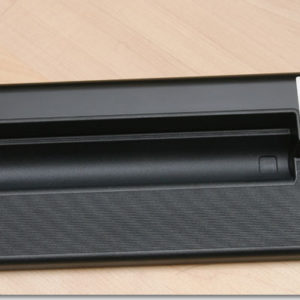 HP 2400 Series Ultra-Light Docking Station for HP 2530p
1 × د.إ499.00
HP 2400 Series Ultra-Light Docking Station for HP 2530p
1 × د.إ499.00 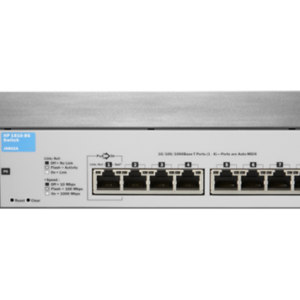 HP 1810-8G Switch
1 × د.إ429.00
HP 1810-8G Switch
1 × د.إ429.00  HP LaserJet P2035 Printer - CE461A#ABA
1 × د.إ619.00
HP LaserJet P2035 Printer - CE461A#ABA
1 × د.إ619.00 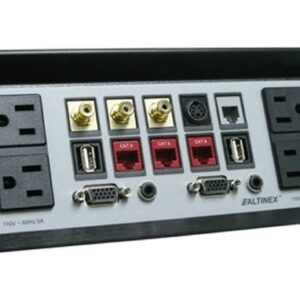 Altinex TNP602C *Customizable* 4 Power & 14 Connections Pop Up Box
1 × د.إ5,199.00
Altinex TNP602C *Customizable* 4 Power & 14 Connections Pop Up Box
1 × د.إ5,199.00 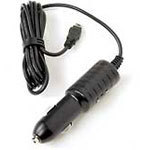 Garmin Vehicle power cable 1
1 × د.إ149.00
Garmin Vehicle power cable 1
1 × د.إ149.00 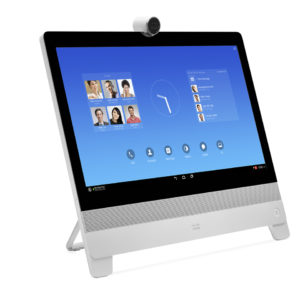 Cisco DX70 14" Touch Screen Video Conferencing, Desktop Collaboration System CP-DX70-W-K9
1 × د.إ6,999.00
Cisco DX70 14" Touch Screen Video Conferencing, Desktop Collaboration System CP-DX70-W-K9
1 × د.إ6,999.00  QNAP TS-251D - NAS server
1 × د.إ2,599.00
QNAP TS-251D - NAS server
1 × د.إ2,599.00  HPE JY678A - Aruba AP303H Access Point
1 × د.إ3,599.00
HPE JY678A - Aruba AP303H Access Point
1 × د.إ3,599.00 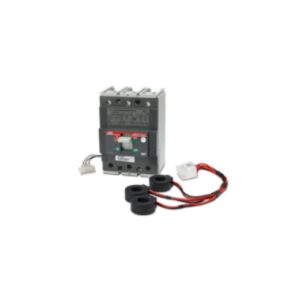 3-Pole Circuit Breaker, 200A, T3 Type for Symmetra PX250/500kW – PD3P200AT3B
1 × د.إ2,399.00
3-Pole Circuit Breaker, 200A, T3 Type for Symmetra PX250/500kW – PD3P200AT3B
1 × د.إ2,399.00  Logitech PTZ Pro 2 Video Conferencing Camera 960-001184
1 × د.إ3,999.00
Logitech PTZ Pro 2 Video Conferencing Camera 960-001184
1 × د.إ3,999.00 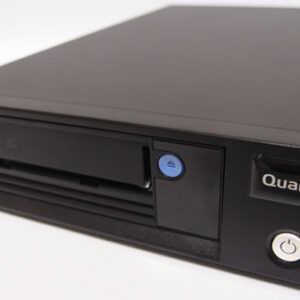 Quantum LTO-5 Tape Drive, Half Height, Tabletop, 6Gb/s SAS, Black, TC-L52BN-AR-C External SAS HH
1 × د.إ17,699.00
Quantum LTO-5 Tape Drive, Half Height, Tabletop, 6Gb/s SAS, Black, TC-L52BN-AR-C External SAS HH
1 × د.إ17,699.00 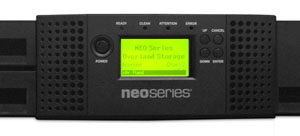 Overl s T24 LTO-7 Fiber Channel (FC) 24-Slot Tape Autoloader OV-NEOsT247FC
1 × د.إ30,399.00
Overl s T24 LTO-7 Fiber Channel (FC) 24-Slot Tape Autoloader OV-NEOsT247FC
1 × د.إ30,399.00  04 3550600
04 3550600 052 7036860
052 7036860







There are no reviews yet.